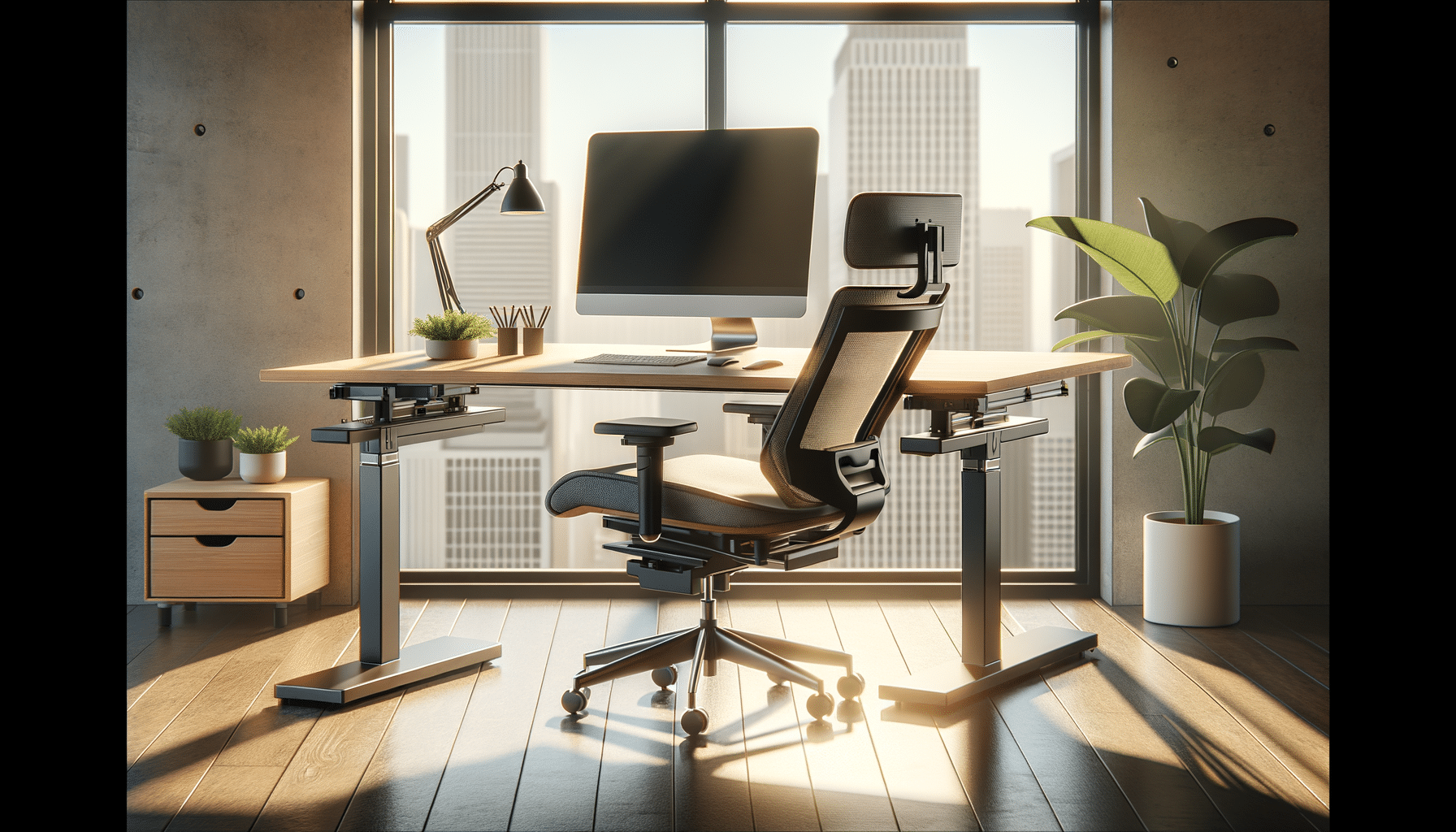
Enhancing Workplace Comfort with Ergonomic Office Furniture
The Importance of Ergonomic Office Furniture
In today’s fast-paced work environment, the significance of ergonomic office furniture cannot be overstated. As more individuals spend extended hours at their desks, the need for furniture that promotes comfort and supports health becomes paramount. Ergonomic office furniture is designed to provide optimal support to the human body, reducing the risk of strain and injury.
One of the primary benefits of ergonomic furniture is its ability to enhance productivity. When employees are comfortable, they can focus better on their tasks, leading to improved efficiency. Additionally, ergonomic furniture can help in reducing absenteeism due to health issues like back pain or carpal tunnel syndrome, which are common among office workers.
Moreover, investing in ergonomic office furniture can be seen as a long-term cost-saving measure. While the initial investment may be higher than traditional furniture, the reduction in health-related issues and increased productivity can lead to significant savings over time. Companies that prioritize the health and well-being of their employees often see a positive impact on their bottom line.
Key Features of Ergonomic Office Furniture
Ergonomic office furniture is characterized by several distinctive features designed to support the body’s natural posture and movements. These features include adjustable chairs, desks, and accessories that cater to the diverse needs of users.
Adjustable chairs are perhaps the most common ergonomic furniture item. They often come with features such as lumbar support, adjustable seat height, and armrests. These features allow individuals to customize the chair to fit their specific body dimensions, promoting a neutral spine position and reducing the risk of back pain.
Ergonomic desks, often height-adjustable, provide the flexibility to alternate between sitting and standing positions. This versatility not only enhances comfort but also encourages movement, which is beneficial for circulation and overall health. Accessories like monitor stands, keyboard trays, and footrests further complement the ergonomic setup, ensuring that every aspect of the workspace contributes to the user’s well-being.
The Impact of Ergonomic Furniture on Health
Ergonomic office furniture plays a crucial role in maintaining and improving health for office workers. Poor posture and prolonged sitting are linked to various health issues, including musculoskeletal disorders, obesity, and cardiovascular disease. Ergonomic furniture addresses these issues by promoting proper posture and allowing for movement.
For instance, chairs with lumbar support help maintain the natural curve of the spine, reducing the risk of lower back pain. Height-adjustable desks encourage users to switch positions throughout the day, minimizing the adverse effects of prolonged sitting. This dynamic approach to working not only alleviates discomfort but also boosts energy levels and concentration.
Additionally, ergonomic furniture can help prevent repetitive strain injuries, such as carpal tunnel syndrome. By ensuring that the keyboard and mouse are positioned correctly, and that the wrists are supported, users can work comfortably without straining their hands and wrists. Overall, ergonomic office furniture is a vital component in creating a healthy and productive work environment.
Choosing the Right Ergonomic Office Furniture
Selecting the right ergonomic office furniture requires careful consideration of various factors. It’s essential to assess the specific needs of the users and the space available. Here are some tips to guide the selection process:
- Evaluate the adjustability: Look for furniture that offers a range of adjustments to fit different body types and preferences.
- Consider the workspace layout: Ensure that the furniture fits well within the available space without hindering movement.
- Quality and durability: Invest in furniture made from high-quality materials that can withstand regular use.
- User feedback: Consider reviews and feedback from other users to gauge the effectiveness and comfort of the furniture.
By taking these factors into account, businesses can create a workspace that not only looks professional but also supports the health and productivity of their employees.
Conclusion: Investing in Employee Well-being
In conclusion, ergonomic office furniture is more than just a trend; it is a necessity for modern workplaces. By investing in furniture that supports the physical well-being of employees, companies can foster a healthier, more productive work environment. The benefits of ergonomic furniture extend beyond comfort, contributing to reduced healthcare costs and improved employee morale.
As organizations continue to recognize the importance of employee well-being, the demand for ergonomic office furniture is expected to rise. By prioritizing the health and comfort of their workforce, businesses can achieve greater success and sustainability in the long run.


